Small towns across America have discovered that year-round farmers’ markets create community gathering places that support local agriculture while providing residents and visitors with fresh, seasonal produce regardless of weather conditions. These markets adapt to changing seasons by incorporating indoor venues, heated structures, and diverse vendor offerings that maintain community connections throughout the year.
Successful year-round markets require more than just covered spaces. Here’s a list of 18 towns that have mastered the art of four-season farmers’ markets that thrive in any weather.
Asheville, North Carolina
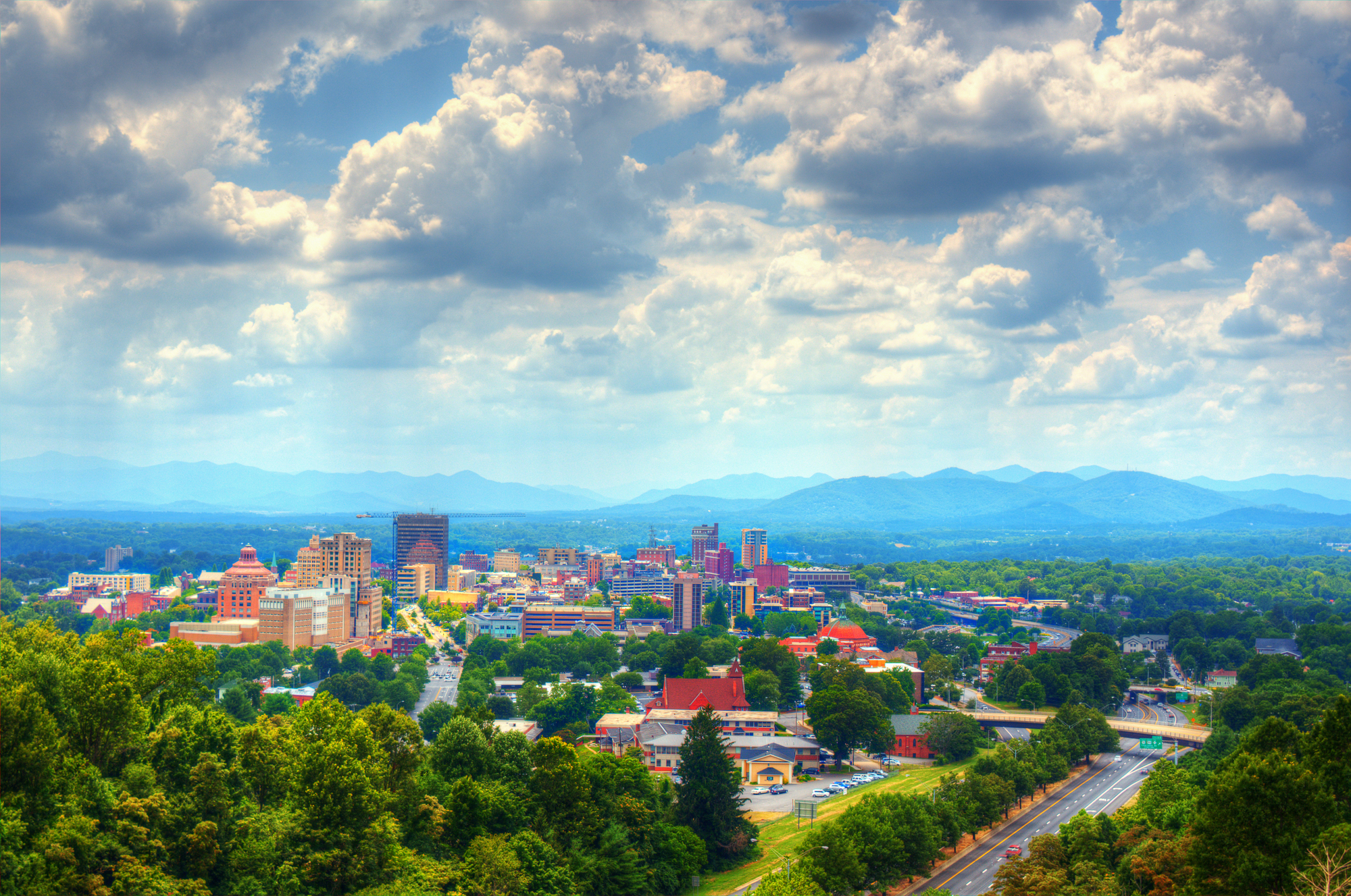
This mountain city operates multiple farmers’ markets throughout the year, with the downtown market transitioning from outdoor summer pavilions to heated indoor spaces during winter months. Asheville’s year-round growing season allows local farmers to provide fresh produce even in January, while artisan vendors fill gaps with preserved foods, baked goods, and handcrafted items.
The city’s commitment to supporting local agriculture shows in market facilities that include commercial kitchens for value-added processing and storage areas that help vendors maintain consistent inventory. Asheville’s tourism industry creates steady customer bases that make year-round operations financially viable for participating farmers and artisans.
Burlington, Vermont
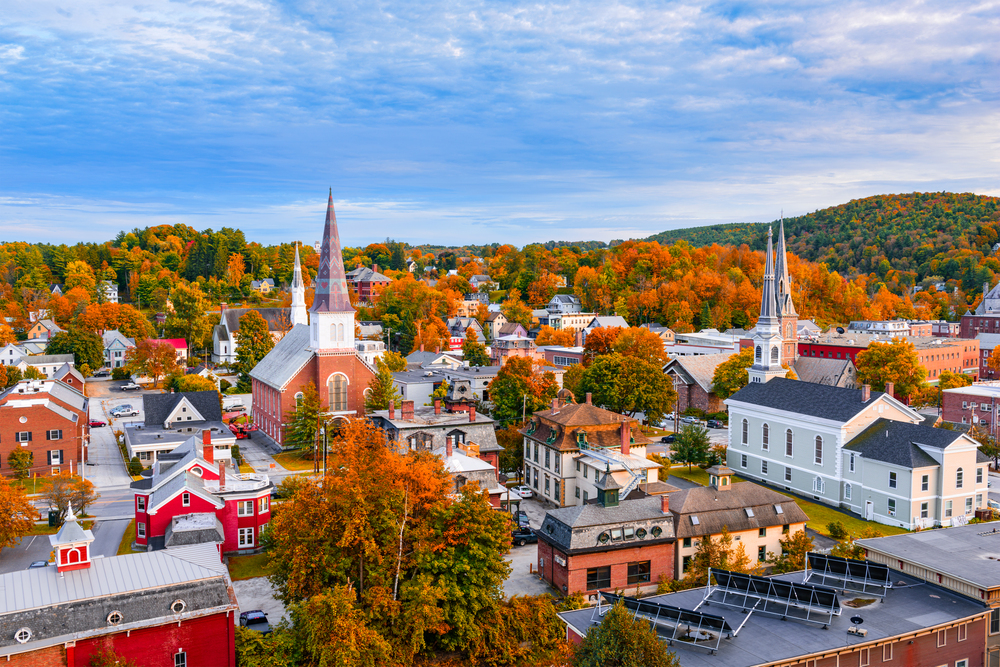
Despite harsh winters that challenge most agricultural activities, Burlington maintains an active indoor farmers market that transforms seasonal abundance into year-round community traditions. The market’s winter location in a heated memorial auditorium provides comfortable shopping conditions while supporting local producers who specialize in stored crops, preserved foods, and greenhouse production.
Vermont’s strong local food movement creates customer loyalty that sustains vendors through slower winter months, while the market’s educational programming teaches preservation techniques and seasonal cooking that connects urban consumers with agricultural cycles. Burlington’s market demonstrates how cold-climate communities can maintain local food systems throughout the year.
Like Travel Pug’s content? Follow us on MSN.
Davis, California

This university town operates one of California’s most successful year-round farmers markets, taking advantage of the region’s Mediterranean climate to provide fresh produce in every season. Davis’s market features different vendors and products throughout the year, with citrus dominating the winter months while summer brings stone fruits and vegetables in abundance.
The university community creates educated consumers who appreciate the seasonal variety and support sustainable agriculture practices that make year-round operations possible. Davis’s market serves as a model for other California communities seeking to establish sustainable local food systems.
Madison, Wisconsin
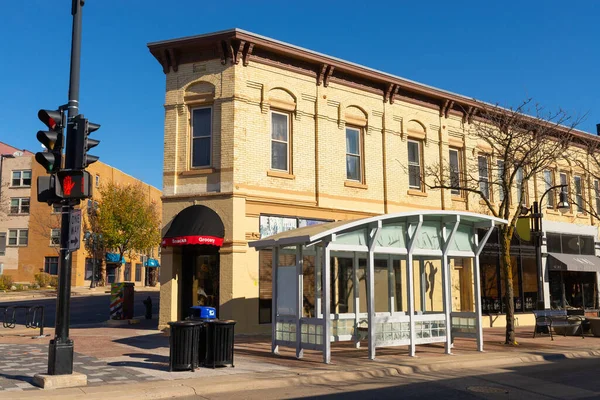
Wisconsin’s capital city maintains active indoor farmers’ markets throughout winter months, proving that cold climates can support year-round local food systems with proper planning and community support. Madison’s winter markets feature stored crops like potatoes and squash alongside greenhouse-grown greens and value-added products from local processors.
The city’s strong environmental consciousness creates customer bases willing to support local agriculture even when selection is limited compared to summer abundance. Madison’s market infrastructure includes heated indoor spaces and commercial kitchens that allow vendors to process and package products for year-round sales.
Santa Fe, New Mexico

This high-desert city’s farmers market operates year-round by adapting to seasonal conditions, moving from outdoor plazas during warm months to covered pavilions when weather becomes challenging. Santa Fe’s unique climate allows certain crops to grow throughout the year, while traditional preservation techniques keep local foods available during slower-growing periods.
The city’s tourism industry provides steady customer traffic that helps sustain vendors during off-peak seasons, while local restaurants create wholesale markets for producers specializing in southwestern ingredients. Santa Fe’s market reflects the region’s agricultural heritage while adapting to modern community needs and tourist expectations.
Like Travel Pug’s content? Follow us on MSN.
Portland, Maine

Despite challenging winter weather, Portland operates successful indoor farmers’ markets that showcase Maine’s diverse agricultural products throughout the year. The market’s winter focus shifts to preserved seafood, baked goods, and stored vegetables while maintaining connections between urban consumers and rural producers.
Maine’s strong local food movement creates community support that sustains year-round operations, while the market’s emphasis on value-added products helps vendors maintain income streams during slower agricultural periods. Portland’s market demonstrates how coastal communities can adapt traditional farmers’ markets to maritime climates and seasonal constraints.
Bozeman, Montana

This mountain town’s year-round farmers market adapts to extreme seasonal variations by emphasizing different products and vendors throughout the year while maintaining consistent community gathering functions. Bozeman’s winter markets feature meat producers, bakers, and crafters alongside farmers specializing in stored crops and greenhouse production.
The town’s university community and outdoor recreation tourism create diverse customer bases that support local producers through challenging winter months. Montana’s harsh climate makes local food preservation and storage techniques essential components of successful year-round market operations.
Missoula, Montana
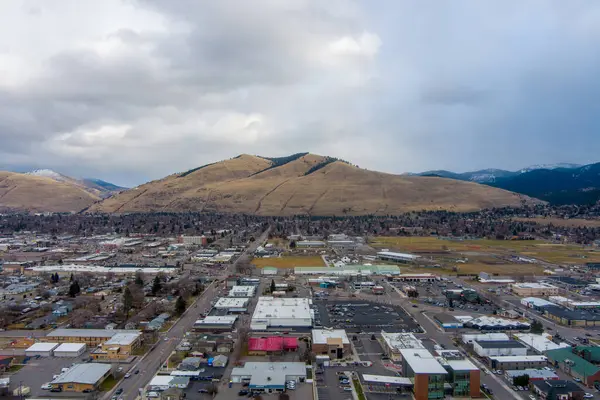
Missoula’s commitment to local food systems shows in its year-round farmers market that continues operating even during harsh winter months in heated indoor venues. The market’s winter offerings emphasize preserved foods, baked goods, and stored vegetables while maintaining community connections that strengthen during isolated winter periods.
Local restaurants and food cooperatives create wholesale opportunities that help vendors maintain income throughout the year while educational programming teaches food preservation and seasonal cooking techniques. Missoula’s market proves that even challenging climates can support thriving local food systems with adequate community commitment and infrastructure.
Like Travel Pug’s content? Follow us on MSN.
Traverse City, Michigan

This lakeside town operates year-round farmers’ markets that adapt to Michigan’s dramatic seasonal changes while highlighting the region’s diverse agricultural production. Traverse City’s winter markets emphasize stored fruits from the area’s famous orchards alongside preserved foods and artisan products that extend growing season abundance throughout the year.
The town’s tourism industry creates year-round customer traffic, while local restaurants provide wholesale markets for specialty producers. Michigan’s agricultural diversity allows the market to offer varied selections throughout the year, from summer cherries to winter storage apples and preserved foods.
Ithaca, New York

Home to Cornell University, Ithaca maintains active indoor farmers markets throughout winter months while supporting research and education programs that strengthen local food systems. The market’s winter operations feature stored crops, preserved foods, and greenhouse production alongside prepared foods and artisan products that attract diverse customer bases.
Ithaca’s educated population creates demand for local foods that sustain vendors through slower winter periods, while university connections provide research support for sustainable agriculture practices. The city’s market serves as a model for other college towns seeking to establish year-round local food systems.
Eugene, Oregon
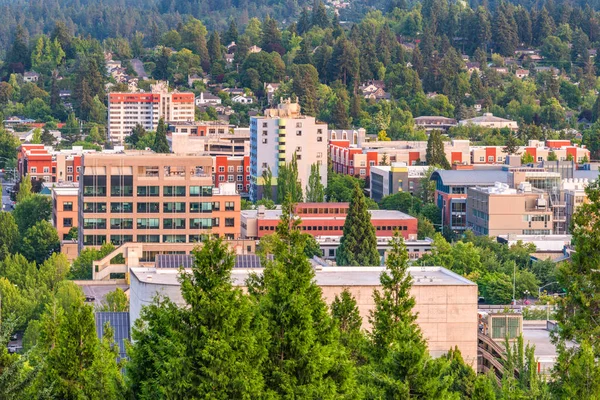
This Pacific Northwest city takes advantage of mild winters to operate outdoor farmers’ markets throughout the year, with covered pavilions protecting during Oregon’s rainy season. Eugene’s year-round growing conditions allow fresh produce availability in most months, while the market’s emphasis on organic and sustainable practices attracts environmentally conscious consumers.
The city’s university community and strong environmental movement create steady support for local agriculture, while nearby farms provide diverse products throughout the year. Eugene’s market demonstrates how favorable climates can support outdoor year-round operations with minimal infrastructure investments.
Like Travel Pug’s content? Follow us on MSN.
Fairbanks, Alaska

Despite extreme winter conditions, Fairbanks operates indoor farmers’ markets that showcase Alaska’s unique agricultural products while supporting local food security initiatives. The market’s winter focus on preserved foods, greenhouse production, and value-added products reflects adaptations necessary for subarctic agriculture.
Fairbanks’s isolation creates strong community support for local producers, while the market’s educational functions teach food preservation and gardening techniques essential for northern living. Alaska’s short growing season makes year-round markets critical for maintaining connections between producers and consumers throughout long winter periods.
Flagstaff, Arizona

This mountain town’s high elevation creates growing conditions that require year-round market adaptations, with indoor venues protecting vendors and customers from harsh winter weather. Flagstaff’s market emphasizes stored crops, preserved foods, and greenhouse production during winter months while celebrating summer abundance when growing conditions improve.
The town’s university community and tourism industry create diverse customer bases that support local agriculture throughout the year. Arizona’s elevation differences allow the market to feature products from various climate zones, creating unusual variety for a mountain location.
Bellingham, Washington

Located near the Canadian border, Bellingham operates year-round farmers markets that take advantage of the Pacific Northwest’s mild but wet winters through covered outdoor venues. The market’s winter operations feature stored crops, preserved foods, and greenhouse production alongside fresh items that grow throughout the region’s extended seasons.
Bellingham’s proximity to farms and strong environmental consciousness create customer loyalty that sustains vendors during slower winter months, while the market’s focus on sustainable practices attracts environmentally aware consumers. The city’s location between Seattle and Vancouver provides access to diverse customer bases that support year-round operations.
Like Travel Pug’s content? Follow us on MSN.
Durango, Colorado
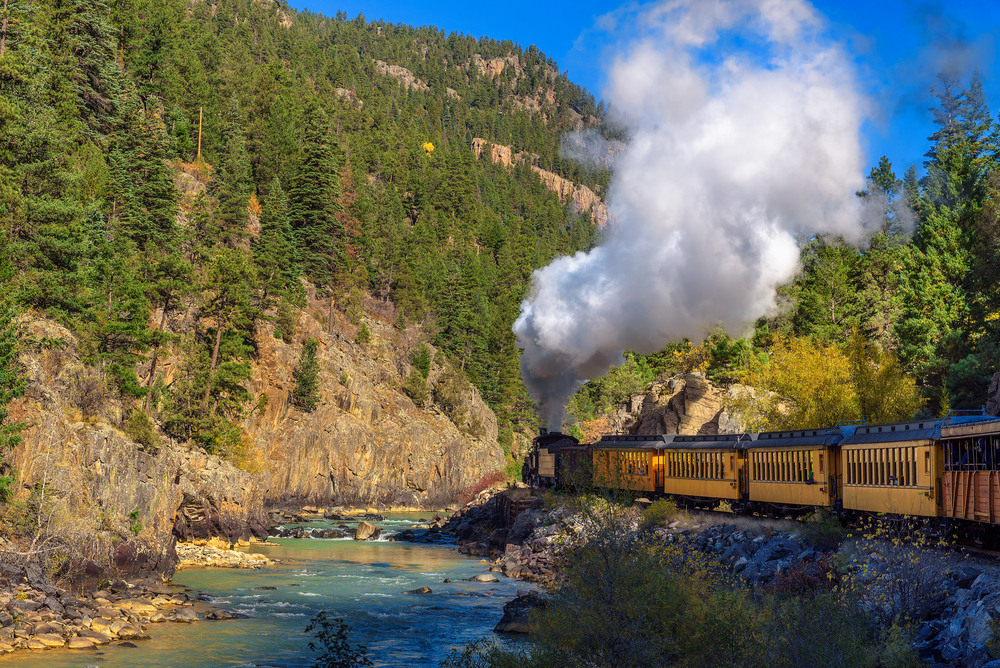
This southwestern Colorado town maintains year-round farmers markets that adapt to mountain weather conditions while supporting local agriculture in a challenging growing environment. Durango’s market moves indoors during winter months, featuring stored crops, preserved foods, and artisan products that reflect the region’s cultural heritage.
The town’s tourism industry creates year-round customer traffic, while local restaurants provide wholesale opportunities for specialty producers. Colorado’s elevation and climate variations allow the market to showcase products from different growing zones throughout the region.
Corvallis, Oregon
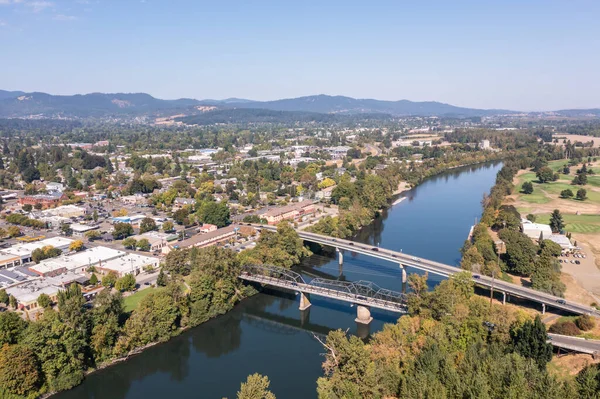
Home to Oregon State University, Corvallis operates successful year-round farmers markets that benefit from the Willamette Valley’s productive agricultural region. The market’s winter operations emphasize stored crops and preserved foods while maintaining fresh produce availability through extended growing seasons and greenhouse production.
Corvallis’s university community creates educated consumers who support sustainable agriculture practices, while research connections help vendors improve production and marketing techniques. The city’s location in Oregon’s agricultural heartland provides access to diverse products throughout the year.
Fort Collins, Colorado
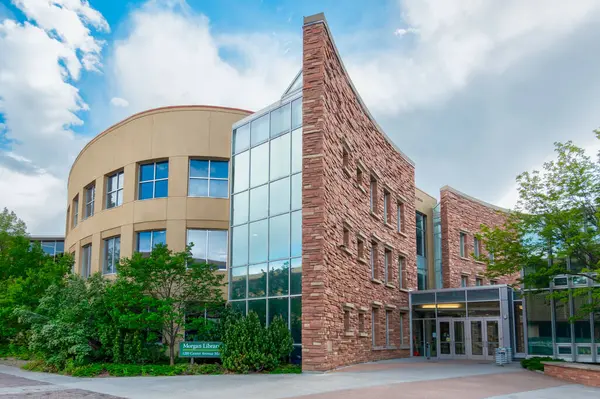
This northern Colorado city maintains active year-round farmers’ markets that showcase the region’s agricultural diversity while adapting to challenging mountain weather conditions. Fort Collins’s winter markets feature stored crops, preserved foods, and artisan products alongside greenhouse-grown produce that extends fresh food availability.
The city’s university community and environmental consciousness create strong support for local agriculture, while nearby farms provide products throughout the year. Colorado’s agricultural research institutions help vendors develop techniques for extending growing seasons and improving product quality.
Like Travel Pug’s content? Follow us on MSN.
Bend, Oregon

Despite high desert conditions and cold winters, Bend operates year-round farmers’ markets that highlight central Oregon’s unique agricultural products and artisan crafts. The market’s winter operations feature stored crops, preserved foods, and greenhouse production alongside prepared foods and crafts that attract tourists and locals alike.
Bend’s rapid growth and outdoor recreation tourism create diverse customer bases that support local producers throughout the year. The city’s location allows access to products from various Oregon climate zones, creating unusual variety for a high desert location.
Seasonal Rhythms

These 18 towns demonstrate that successful year-round farmers’ markets require more than just covered buildings—they need community commitment, vendor adaptability, and infrastructure that supports local food systems through all seasons. Each market reflects its community’s values while adapting to local climate conditions, creating gathering places that strengthen connections between producers and consumers regardless of weather.
The success of these year-round operations proves that local food systems can thrive when communities make long-term commitments to supporting their agricultural neighbors.
More from Travel Pug

- 20 Best Beach Towns in the Carolinas
- 13 Destinations Where Tourists Regularly Regret Their Trip
- 20 Things You Actually Get in First Class
- 20 Small Airports With Aviation Museums
- 20 Places in the U.S. That Are Perfect for a Reset Trip
Like Travel Pug’s content? Follow us on MSN. content? Follow us on MSN.
